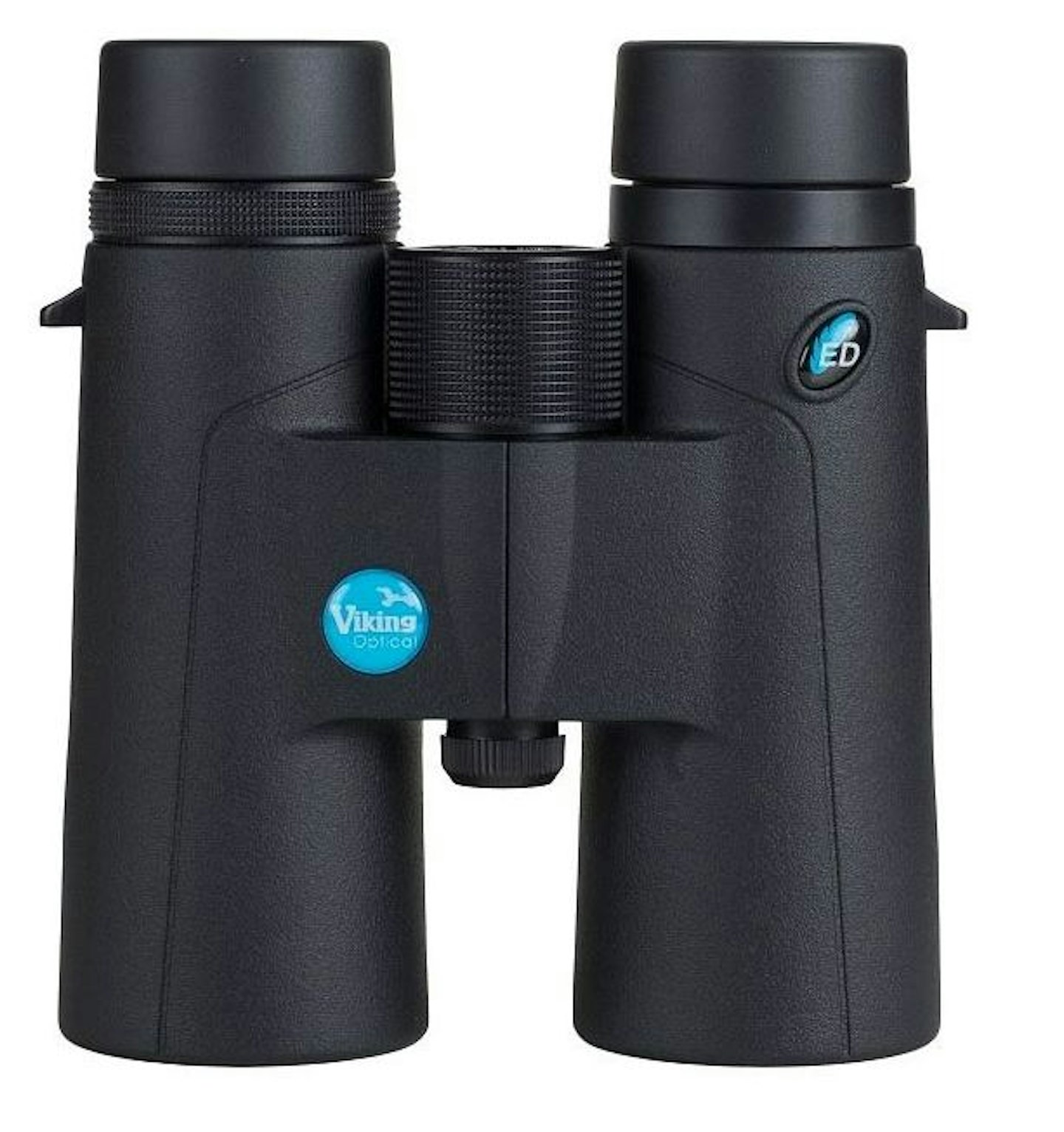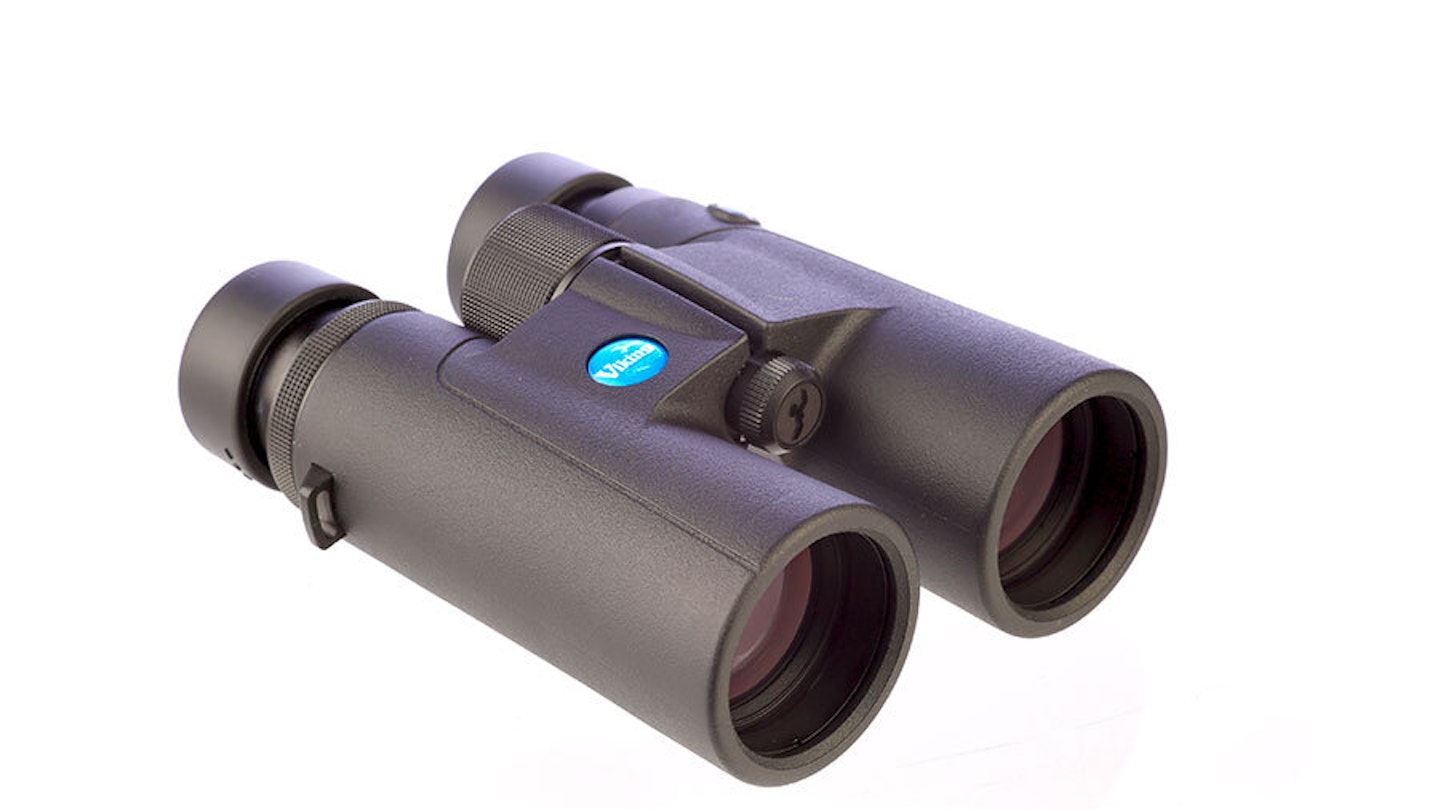Viking’s Peregrine binoculars impressed us greatly earlier this year, offering excellent optics at little more than £300, so how will the Kestrels compare? Well, as you might expect, being named after the smaller, humbler falcon of the two, they come in £100 cheaper.
That said, the basic design is pretty similar, with a closed bridge and some solid, well textured rubber armour, so they certainly don’t feel as though corners have been cut. They weigh in a little heavier, at 692g, but they’re well balanced and were comfortable enough round the neck during a long day in the field.
Verdict - Very impressive all-round performers in all conditions. For £220, unbelievably good, in fact, and that's why they feature in our Best Binoculars for Birdwatching round-up.

ligo.co.uk
Specs
Price: £219
Eye relief: 17.2mm
Field of view: 142m/1,000m
Close focus: 2m
Weight: 692g
Size (LxWxD): 140x125x45mm
RRP: £219
Supplied with: Neoprene strap, fabric case, rainguard, removable tethered objective lens covers
The eyecups are made from pretty solid rubber, too, and were comfortable to use for long periods of time. They twist up and down to three distinct positions, and stayed in place well – no inadvertent slipping out of place even when they were subject to moderately rough handling. They offer a maximum of 17.2mm of eye relief.
The focus wheel is around 1.25 fingers wide, and textured although not deeply grooved. Nevertheless, it was easy to control even while wearing gloves. It moves a little stiffly but very smoothly, taking a little over 1.5 anti-clockwise turns from close focus to infinity. Focus was easy to find and maintain. Close focus is around 2m, which is more than good enough for most needs.
The field of view is 142m@1,000m, and it feels wide, too. As so often the case these days, that’s as a result of the image staying sharp very close to the edges, which here is presumably thanks to the use of ED glass.
That ED glass also comes into play in producing a bright, sharp image, with impressively natural colours, and even more so in maintaining that quality, even in low light. In fact, I’d go so far as to say that just a few years ago I really wouldn’t have believed you could have got this sort of low-light performance for under £250.
I struggled to find anything in the way of colour fringing, even in the brightest summer sunshine – it only really reared its head when viewing directly against the sun, and usually when following a moving target, at that. Even then, it was pretty negligible, and certainly didn’t affect my enjoyment of using them.
If you’re in the market for a pair of beginner binoculars, you really need to try them.
